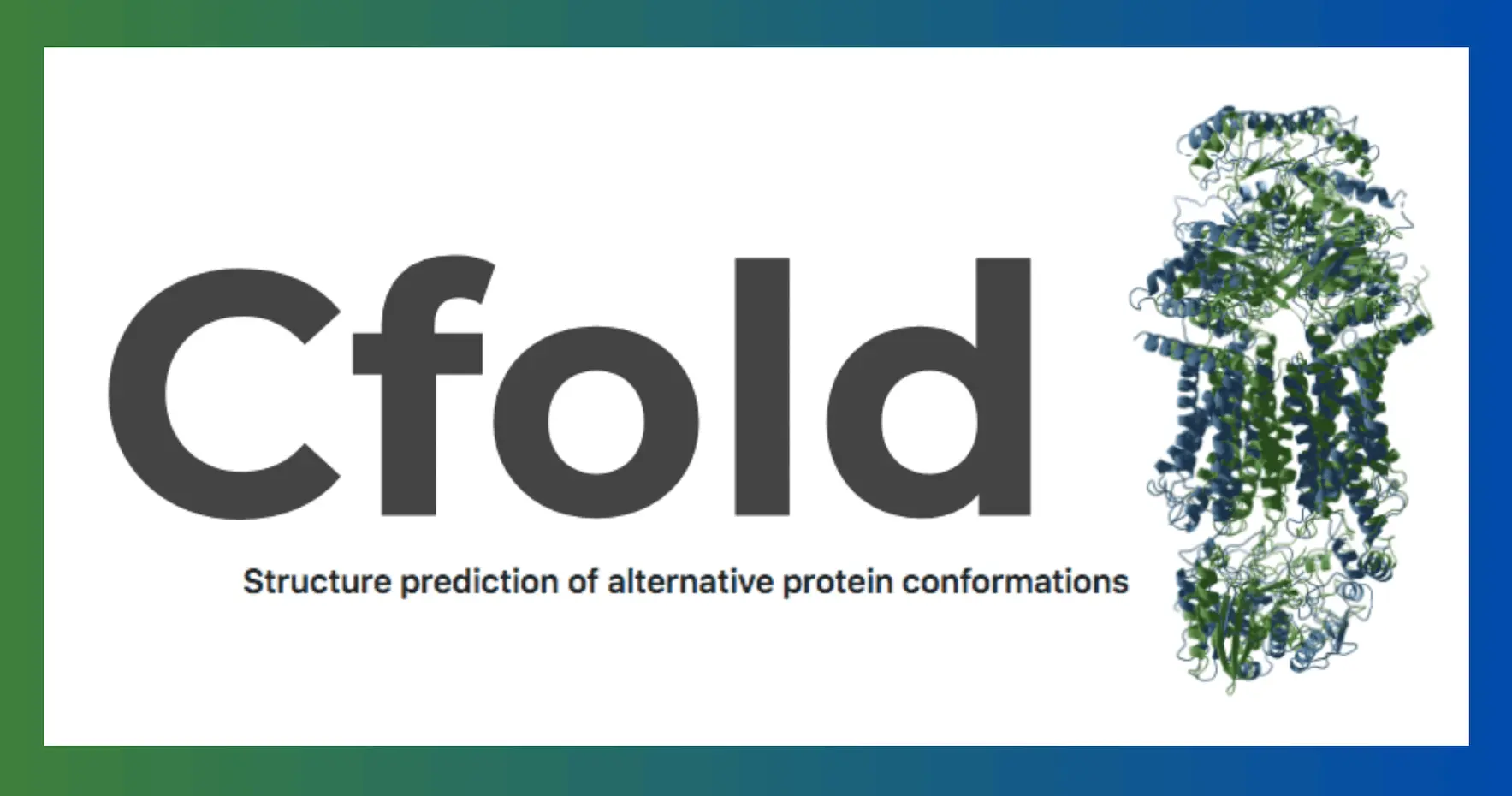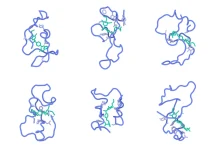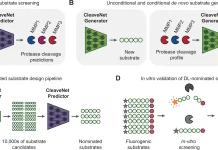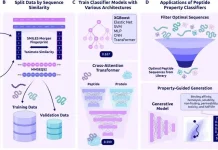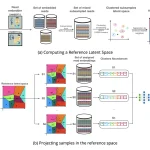Proteins perform enormous tasks in our cells as molecular machines. These functions rely on the structural plasticity or the ability to adopt multiple shapes of the corresponding molecules. This is why knowledge of the conformational flexibility of proteins is very important in their function. A new tool, called Cfold, has been developed by scientists from Freie Universität Berlin, Germany, to predict alternative protein conformations. This tool is an improvement in the bio-informatics field as it assists researchers in the elucidation of protein function and the innovation of pharmaceuticals.
The Importance of Protein Conformations
Traditionally, proteins are linear polymers composed of two or more amino acids, clamped together by peptide bonds. The order of the amino acids in the polypeptide chain (the primary structure) of the protein dictates how it will fold. However, proteins are dynamic in that they can also exist in another range of conformations possessed by that same peptide within a particular range of conformational space.
Functional roles can differ with the different conformations taken up. For instance, It is noted that some proteins can modify their conformation in response to some stimulus such as the engagement of a ligand. This alteration of form can switch on and off the involved protein.
The Challenges of Predicting Protein Conformations
Predicting the conformation of a protein emerges as a salient problem. Nowadays, an algorithm for protein structure prediction, which has dominated for decades in the field, ignores alternative structures assuming that protein has one conformation and remains in a stable state. The fact is that many proteins actually can assume several structurally different forms (conformations).
Cfold is a method that allows the modeling of alternative protein conformations. Cfold is the result of using a deep learning model that has been provided with a vast database of protein structures. The objective of the model is to determine the conformation of a protein based on its amino acid sequence alone.
How Cfold Works?
Cfold is a complex software that utilizes machine learning to identify alternative states of proteins. Its architecture is built on one of the most significant protein structure prediction models, the AlphaFold2. Nevertheless, Cfold does make a significant difference as well: it excludes any templates and relies entirely on the information contained within the amino acid sequence of the protein.
Here is the outline of the few steps which are the basic processes in Cfold’s prediction:
Sequence Analysis: The prediction begins with the analysis of the amino acid sequence of the protein targeted for interaction. This amino acid sequence is important in making up the structure of the protein and its functional activities.
- Multiple Sequence Alignment (MSA): Cfold constructs the multiple sequence alignment (MSA) of those homologous polypeptides by exploiting their homologous sequences. It performs this activity by running an MSA which is built from co-aligned sequences of proteins within a large database. The MSA serves to unmask the heat map regions and the patterns vital for the protein’s structure.
- Feature Extraction: Cfold derives MSA features such as amino acids’ frequency at different sites and amino acids co-evolution that these native protein constructs collapse. These features give insight into the future protein structure and motion orientation.
- Deep Learning Models: Cfold incorporates a deep learning mode and is concerned with the structure prediction of protein. The mode is ‘fed’ with many protein structure datasets hence learn how the components derived from MSA are connected to the structure of the protein.
- Conformation Sampling: Cfold synthesizes several alternative structures for the particular protein. This is achieved by taking random objects from the MSA and inserting them into the deep learning model. Such a sample thereby produces varied target conformations.
- Conformation Selection: Cfold estimates conformations that are predicted and determines the most probable ones according to energy and other parameters.
Key Differences from AlphaFold2:
Although Cfold bears a resemblance to AlphaFold2, there exist differences worth noting.
- Focus on MSA: Different from AlphaFold2, Cfold does not use any structural templates for its predictions and relies entirely on the MSA as a point of discussion. This enables it to concentrate on the basic aspects of the protein sequence.
- Alternative Conformations: Cfold has been developed to make more than one conformation prediction, whereas AlphaFold2 is generally more of a single conformation prediction tool.
- Training Data: Cfold is trained in a data set that involves proteins with already known alternative conformations, thus enabling it to master the skill of predicting these forms of proteins rather well.
Following such procedures, Cfold targets the prediction of protein conformation ability which is important for several applications, especially in drug mastication.
The Precision of Cfold
Cfold has achieved considerable success in predicting probable alternative protein structures. In a rigorous evaluation, Cfold correctly identified over 50% of a set of test proteins, showcasing its proficiency in capturing the dynamic nature of protein structures. This correctness is breathtaking, especially considering the computational burden of the task. Proteins can be found in many different conformational states. These are determined by encumbering molecules, the given milieu, and reorienting movements internal to the biopolymer. This scope of Cfold substantiates alternative states of proteins which possibly could take our comprehension of protein operations several steps forward.
The Applications of Cfold
The possible applications of Cfold are extensive. The Cfold approach may be used for:
- Understand protein function: Knowing the possible spatial relationships within the protein, the way it operates can be explained.
- Create novel therapeutics: Cfold may also be utilized to screen new drugs. Knowing how the proteins related to the disease can be structurally confirmed helps target specific proteins with designed drugs.
- Examine how proteins evolved: The evolution dynamics of proteins can also be investigated with the aid of Cfold. By learning how the protein functions in various complexities of structure, then information on how the protein got its current structure will be easily traced.
Conclusion
Cfold is a well-deserved progress in protein structure prediction. Not only is its primary aim ‘to predict protein structure from the sequence’, but it also explains its lateral goal of closing away bounded states of proteins corresponding to different templates. Such development is bound to enhance one’s perception of what broadly protein functionally means, heralding discoveries in drug creation and disease and materials science.
Cfold allows exploring protein conformational space in a much more detailed way and thus the relationship between protein structure and its functions. This can lead to the engineering of better pharmaceuticals that exploit specific protein structures, gain structures that may serve as drugs, or indicate complex processes of life in some other way. Given the pace of Cfold’s development, it should only be a matter of time before it gains universal acceptance among the scientific community.
Article Source: Reference Paper | Cfold is available for local installation on GitHub, and it’s also available as Google Colab notebook.
Follow Us!
Learn More:
Anchal is a consulting scientific writing intern at CBIRT with a passion for bioinformatics and its miracles. She is pursuing an MTech in Bioinformatics from Delhi Technological University, Delhi. Through engaging prose, she invites readers to explore the captivating world of bioinformatics, showcasing its groundbreaking contributions to understanding the mysteries of life. Besides science, she enjoys reading and painting.

